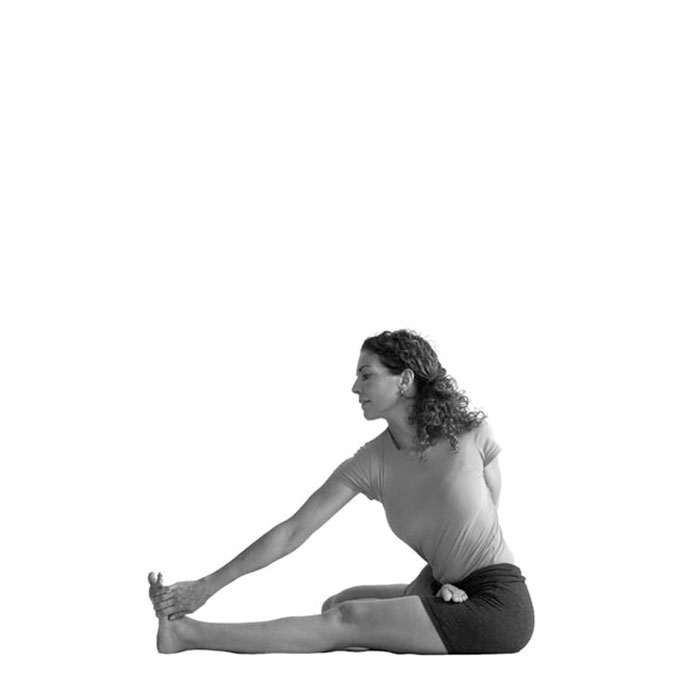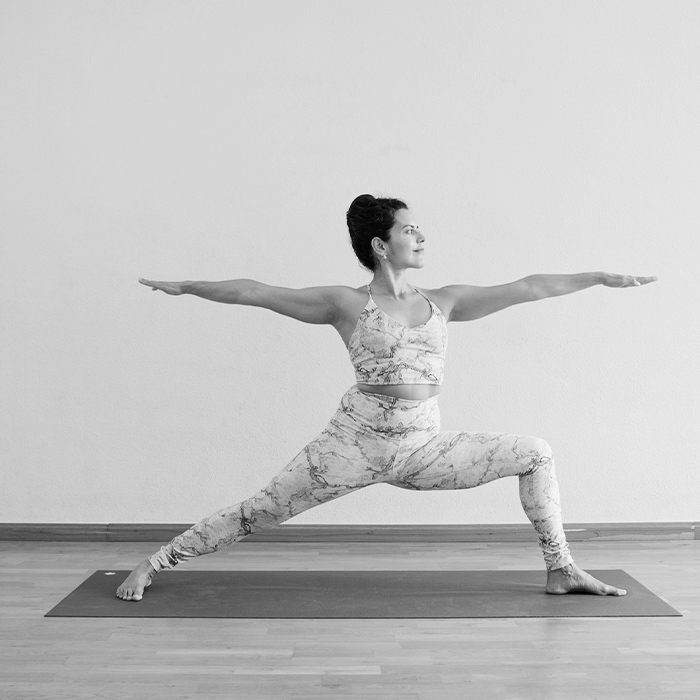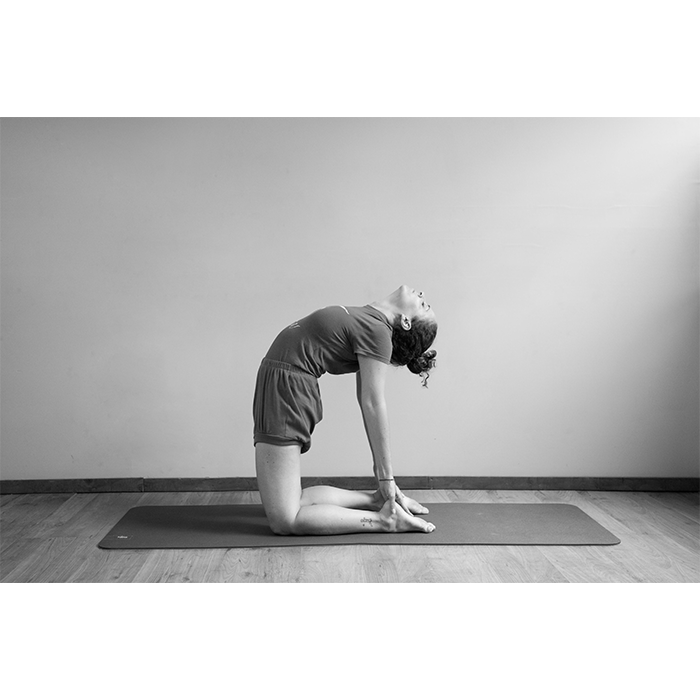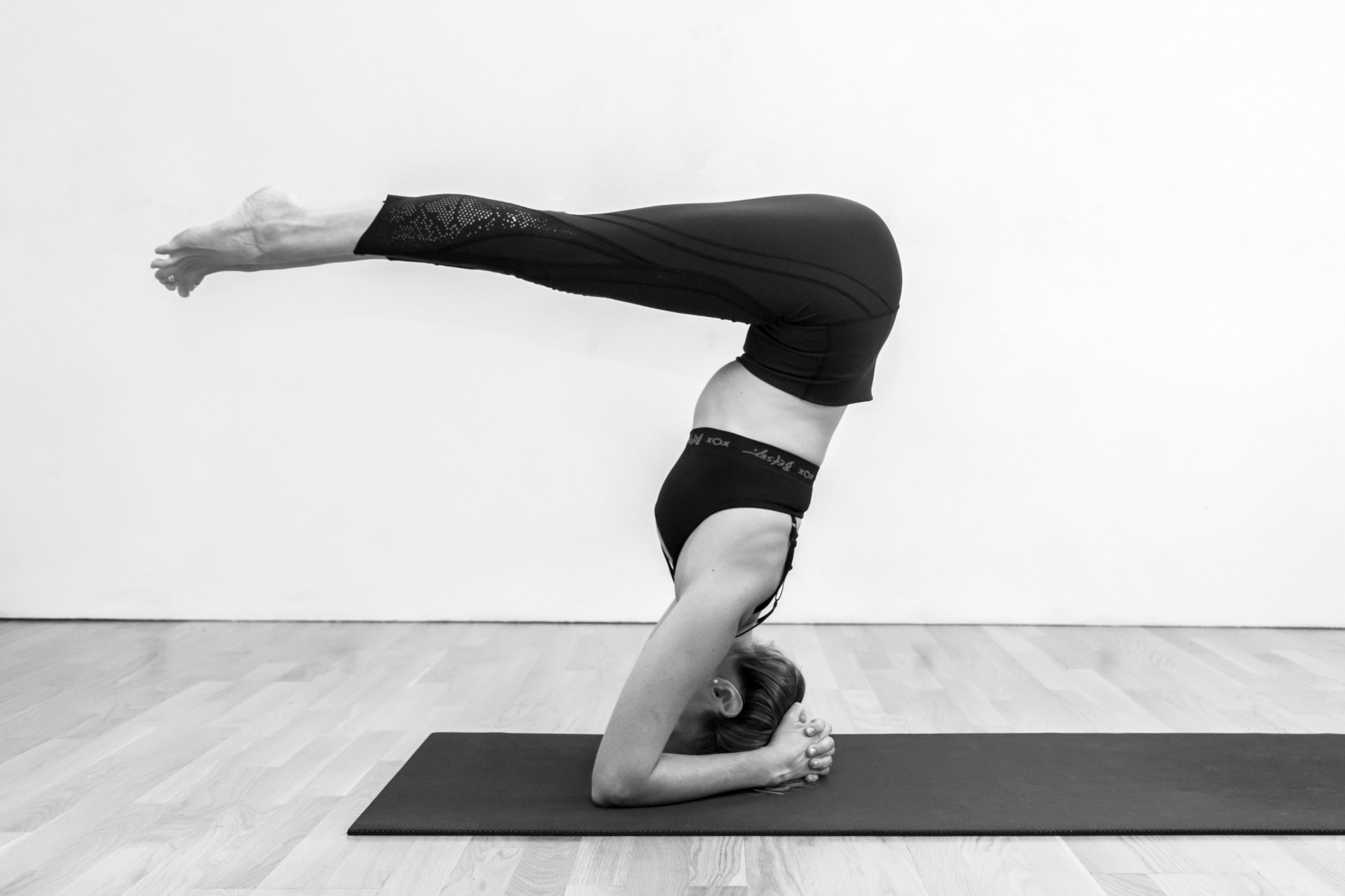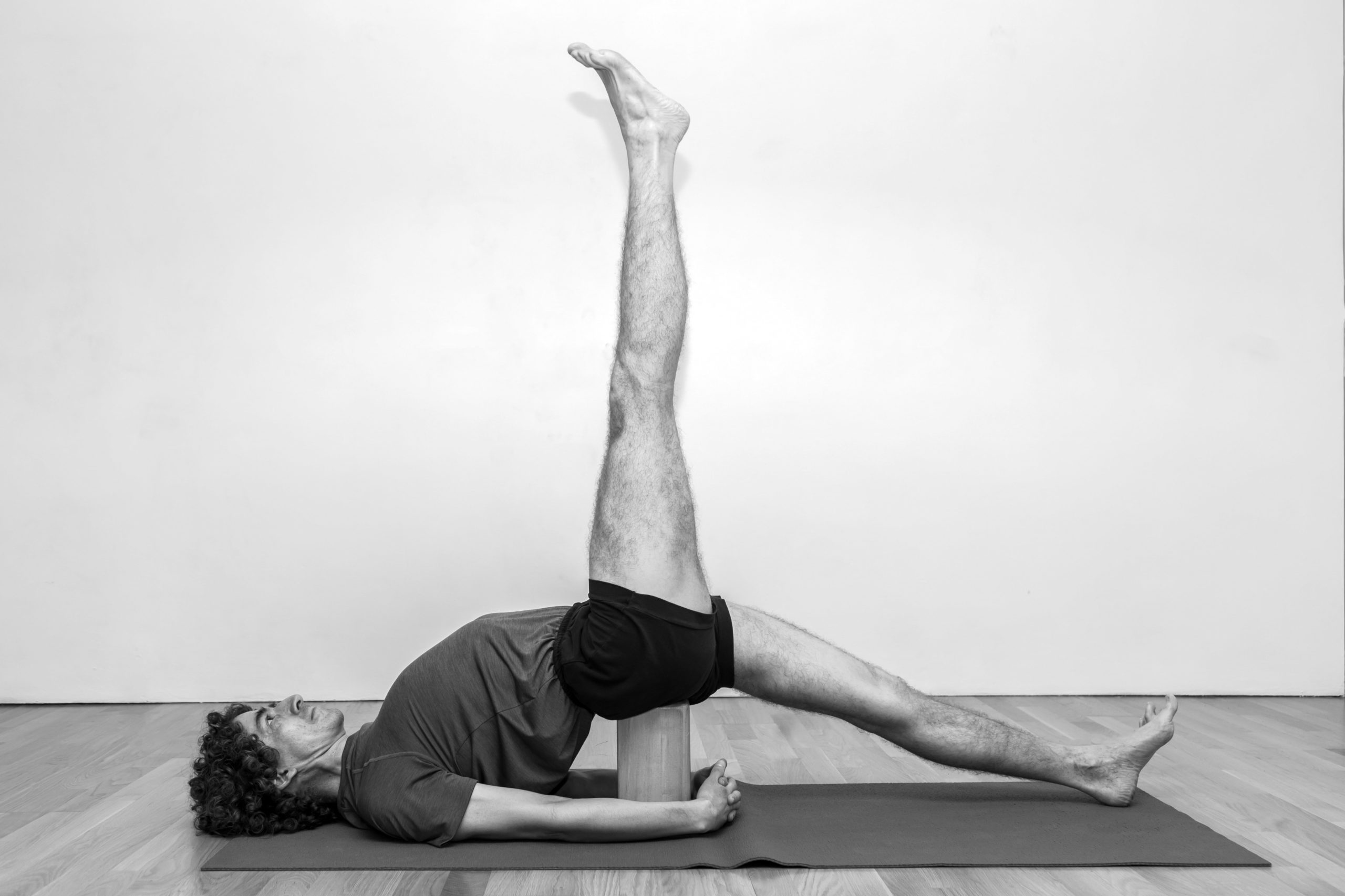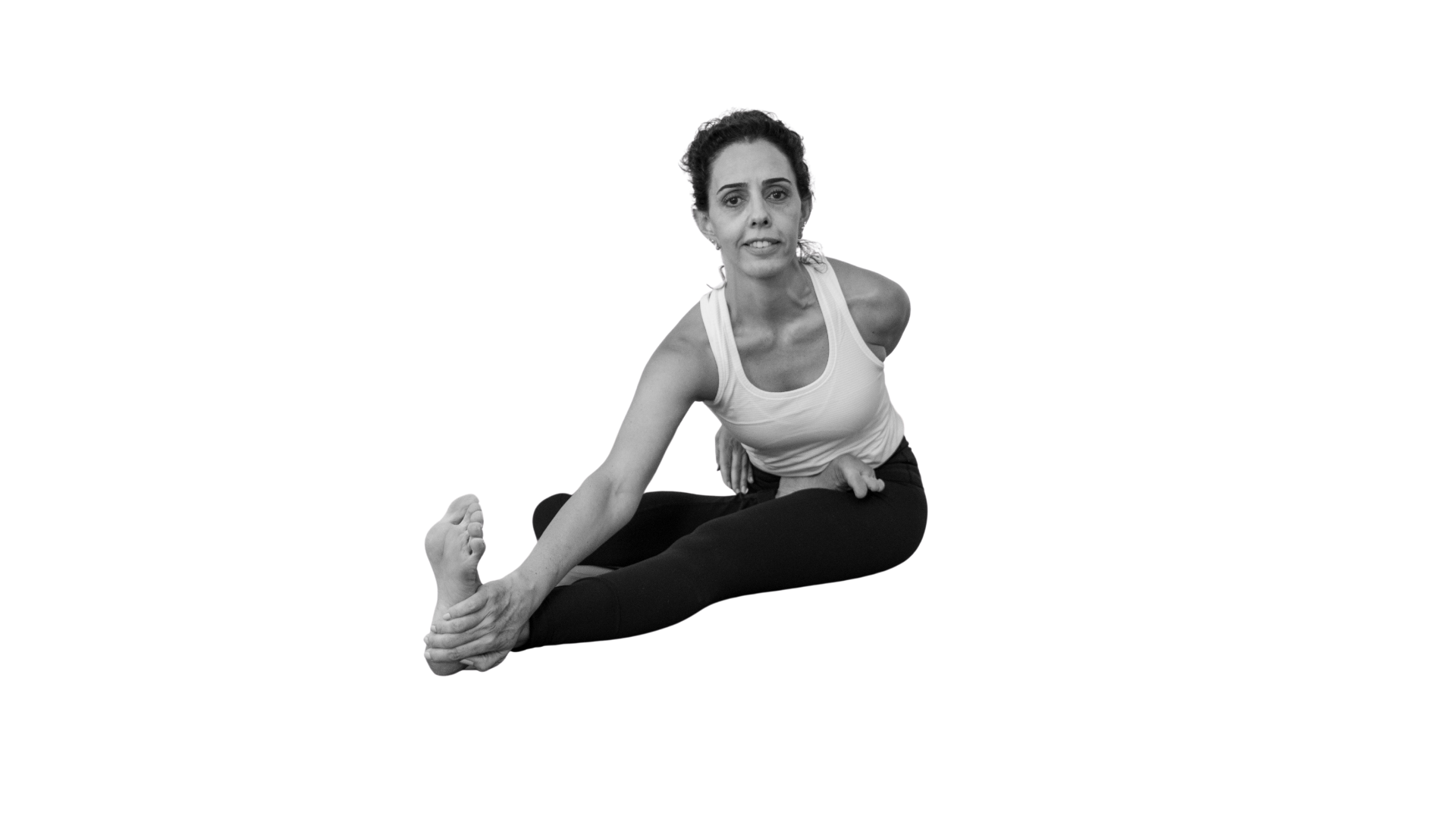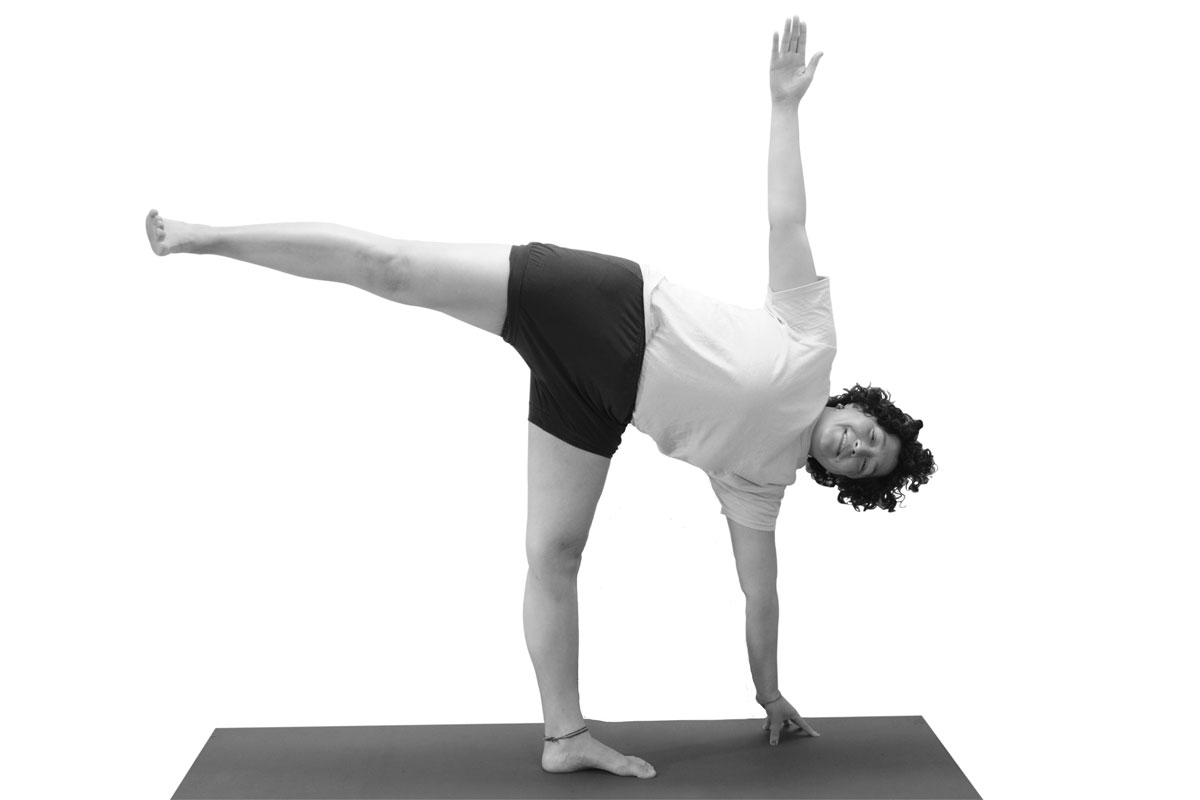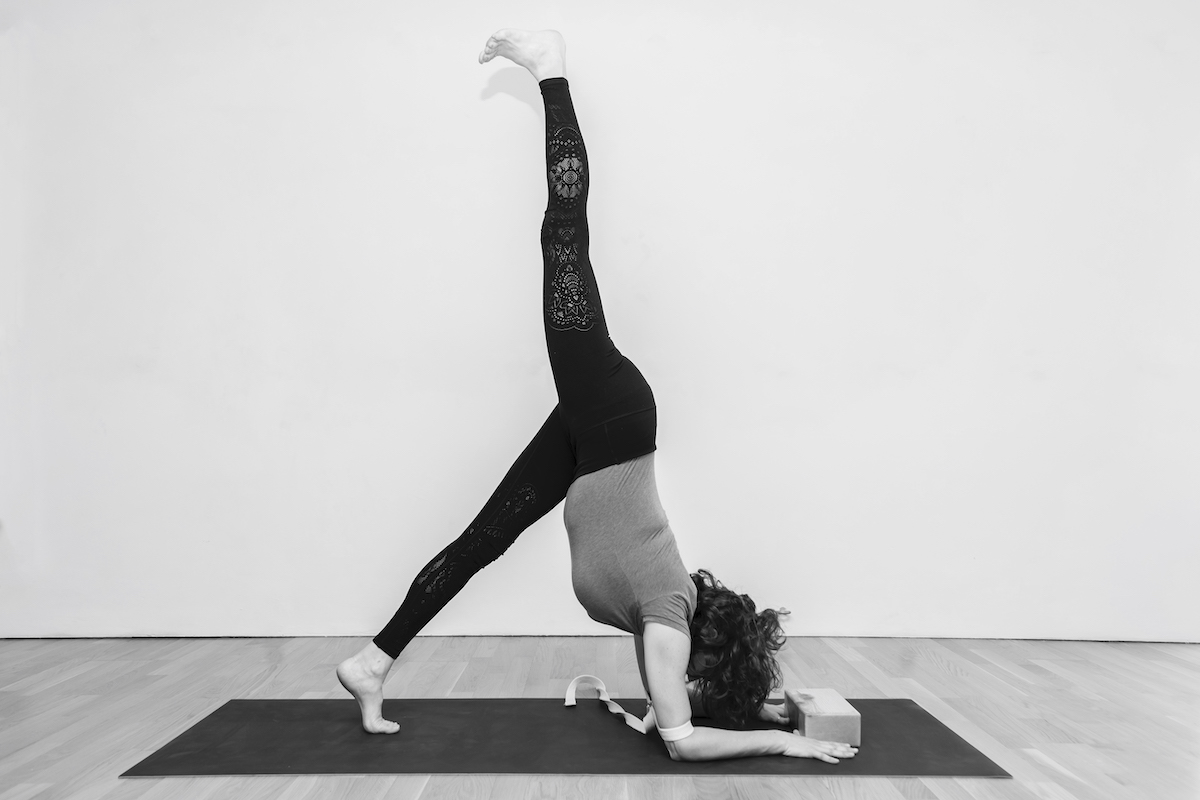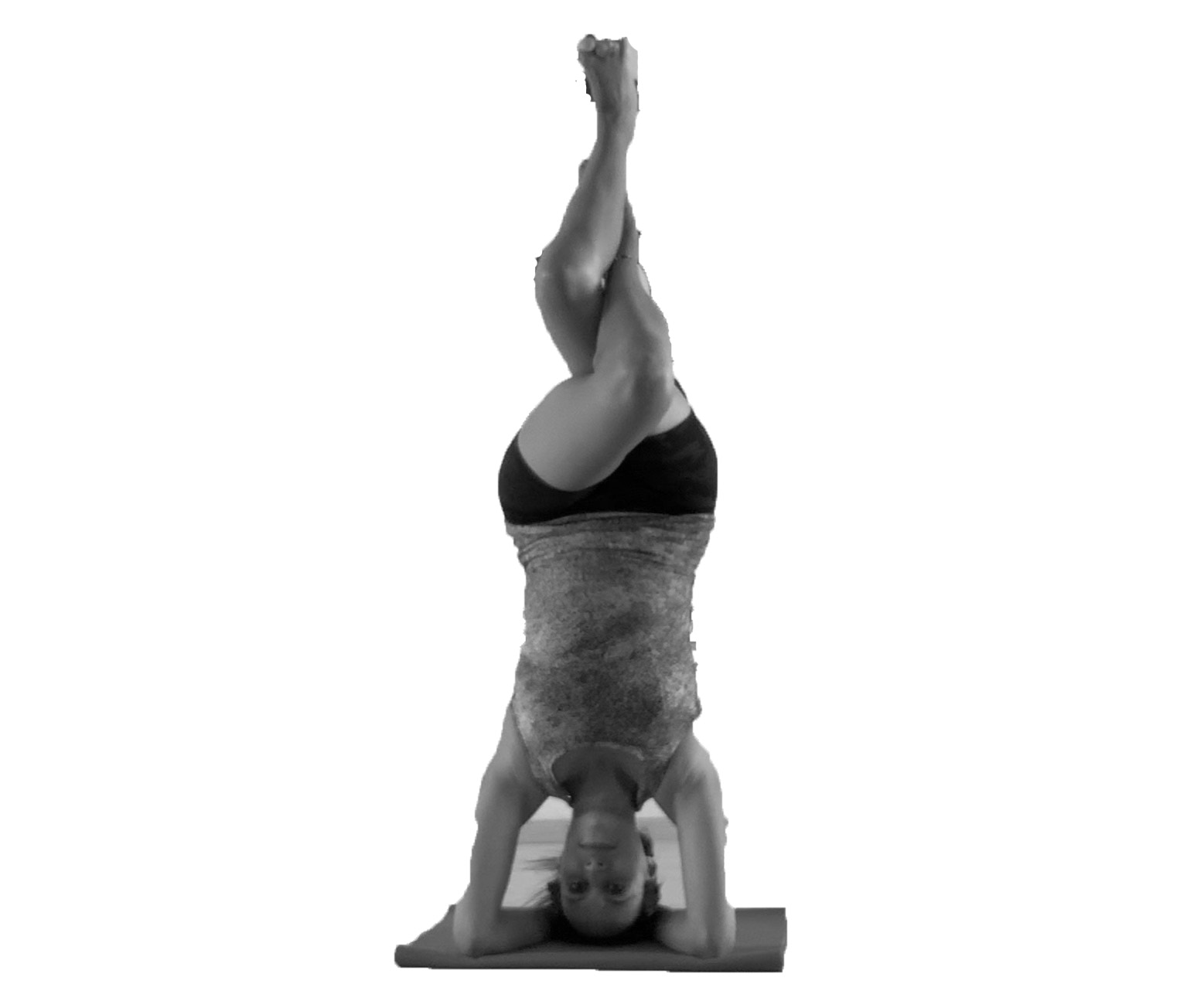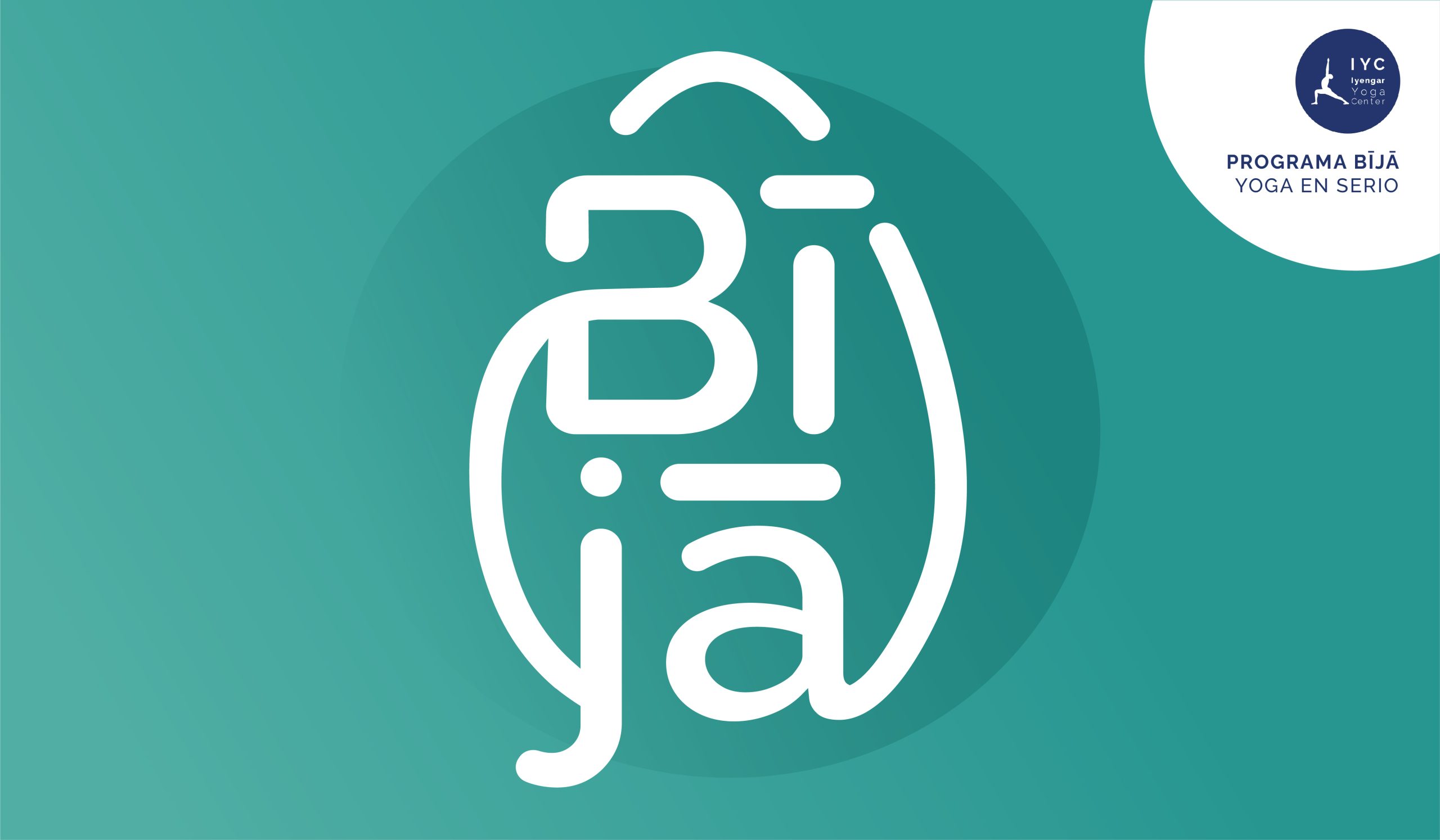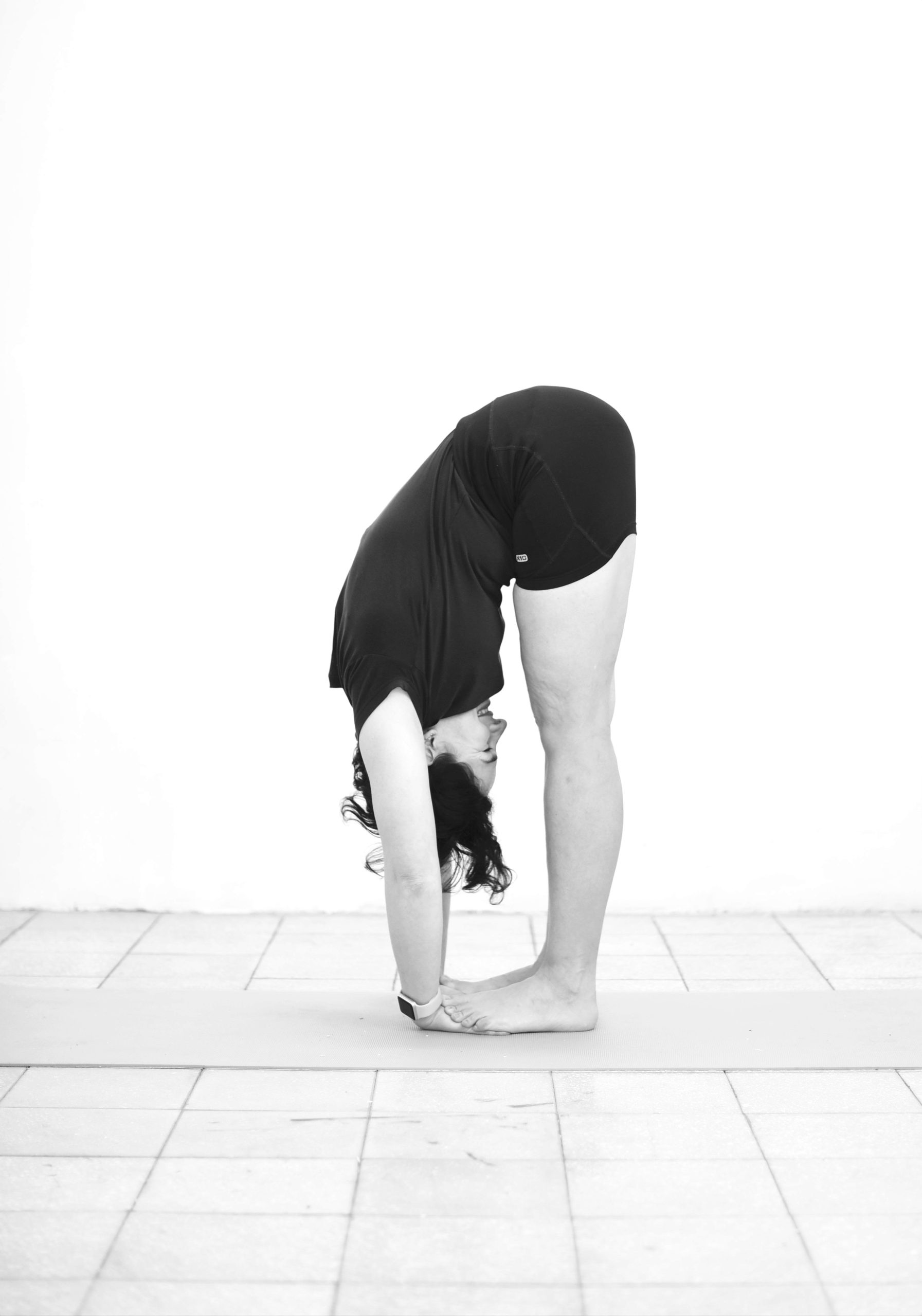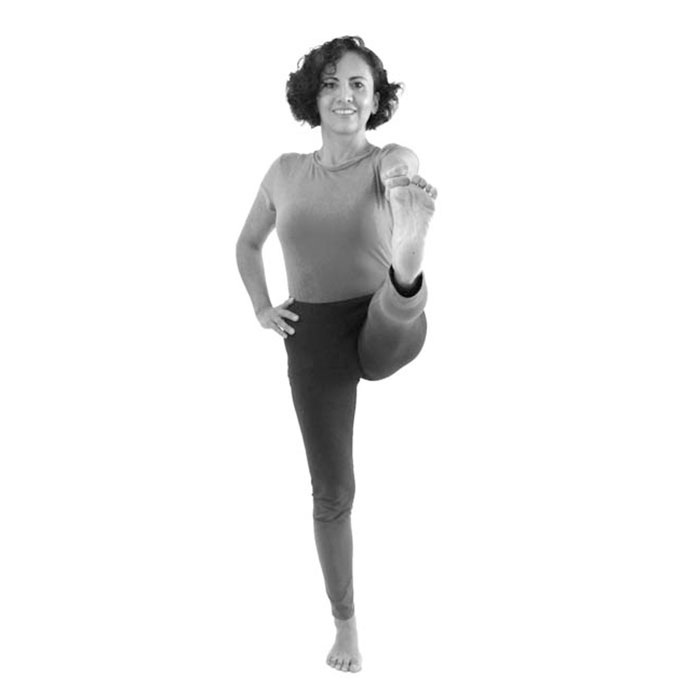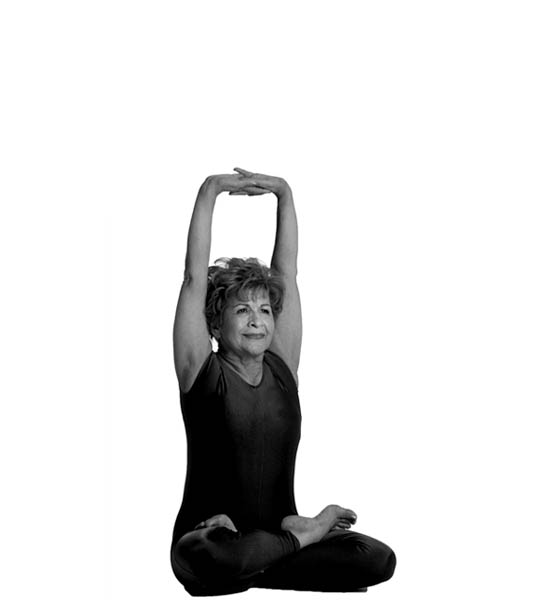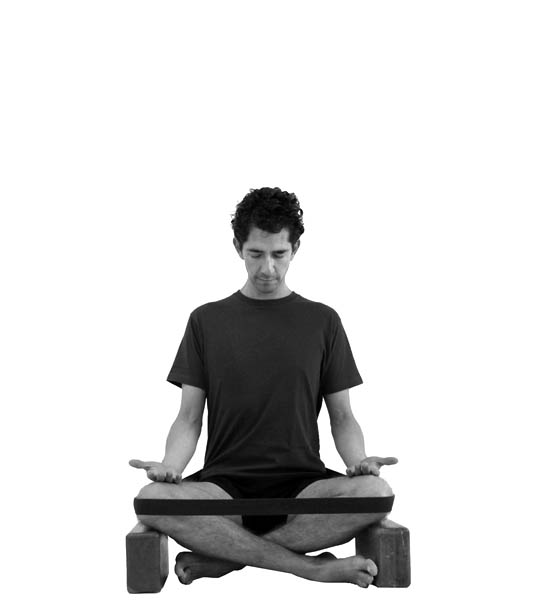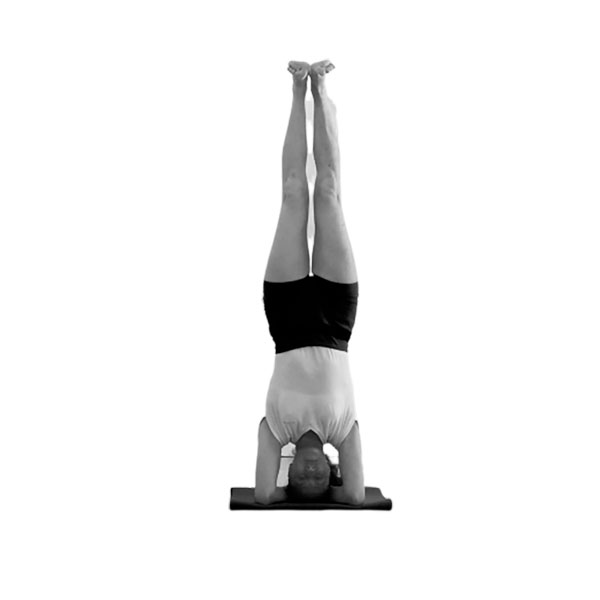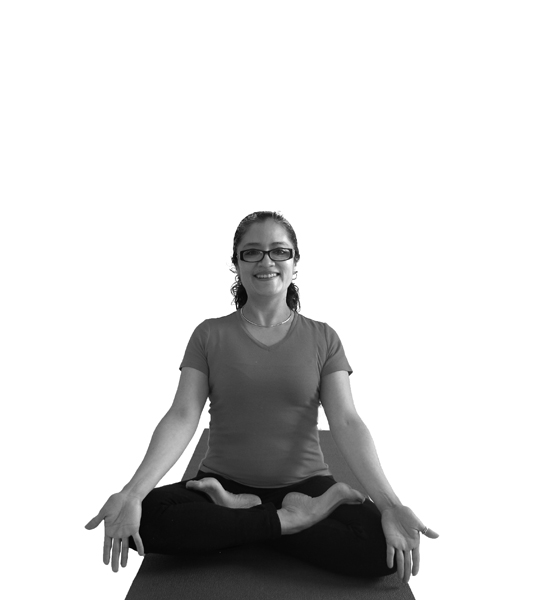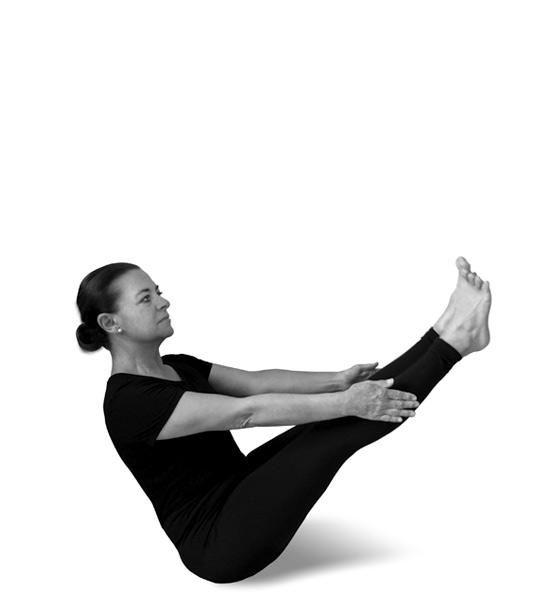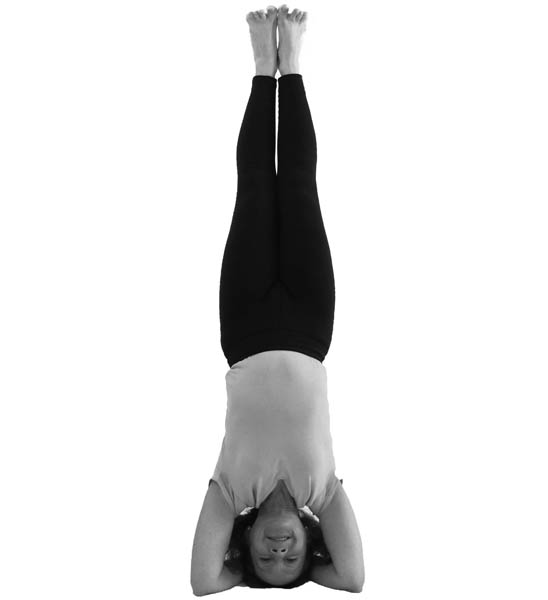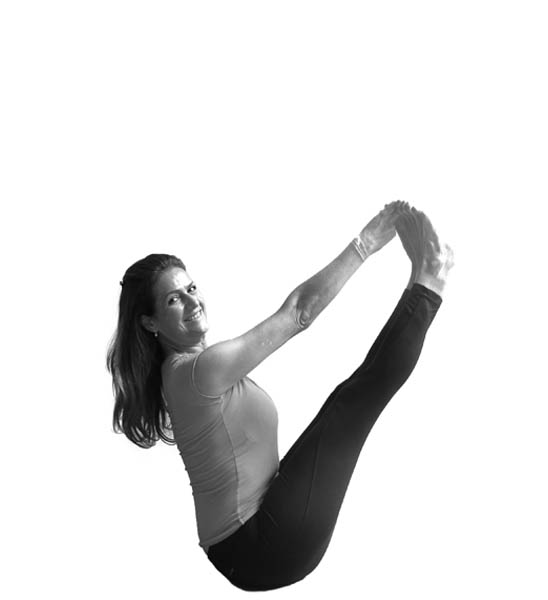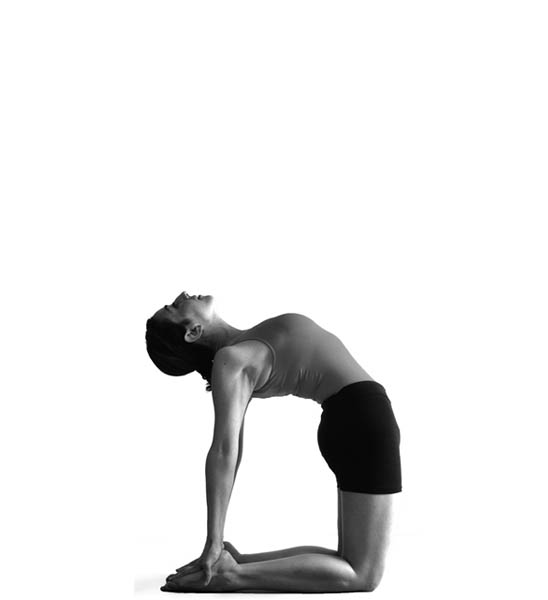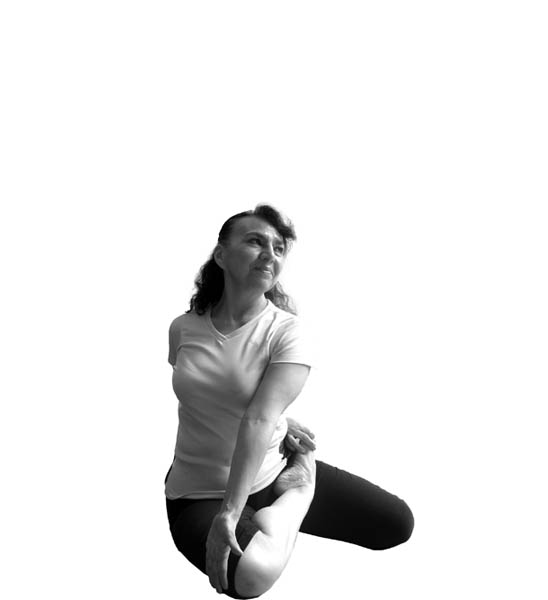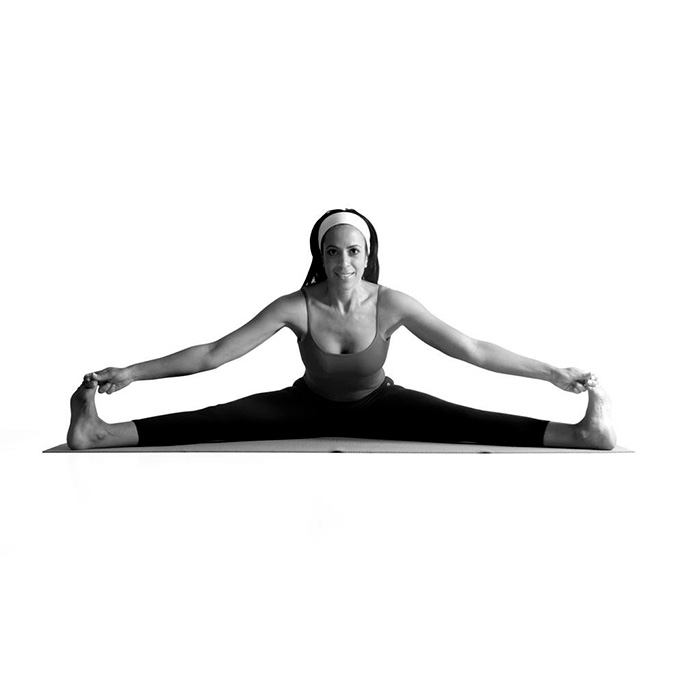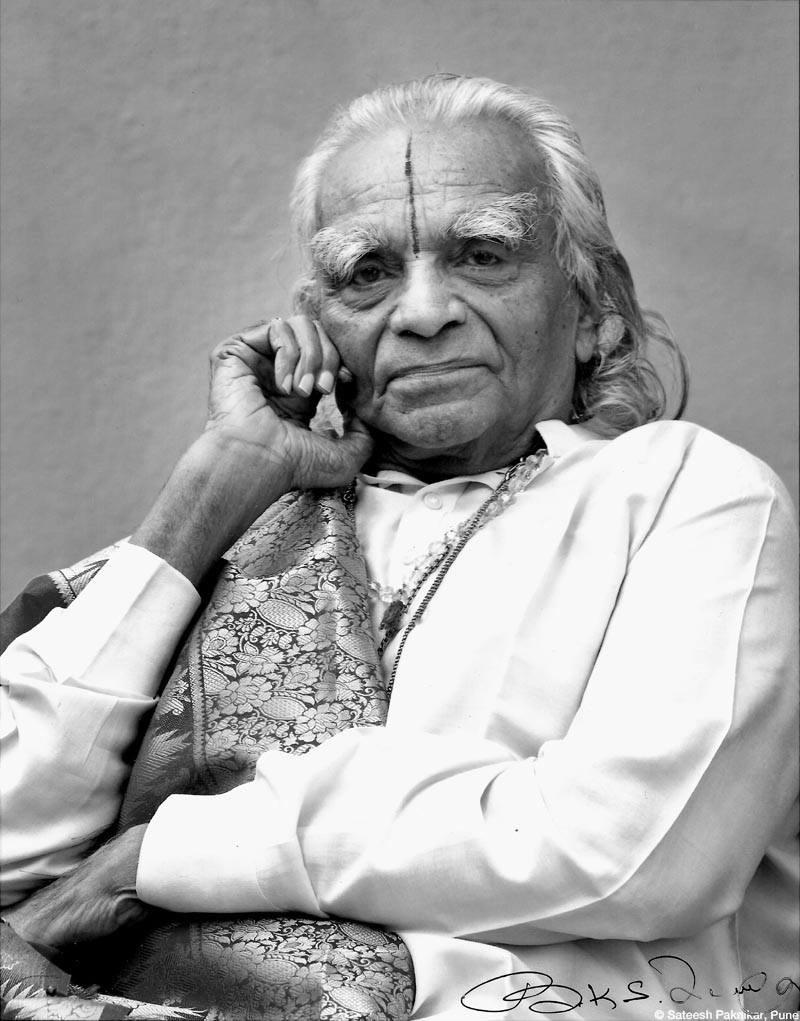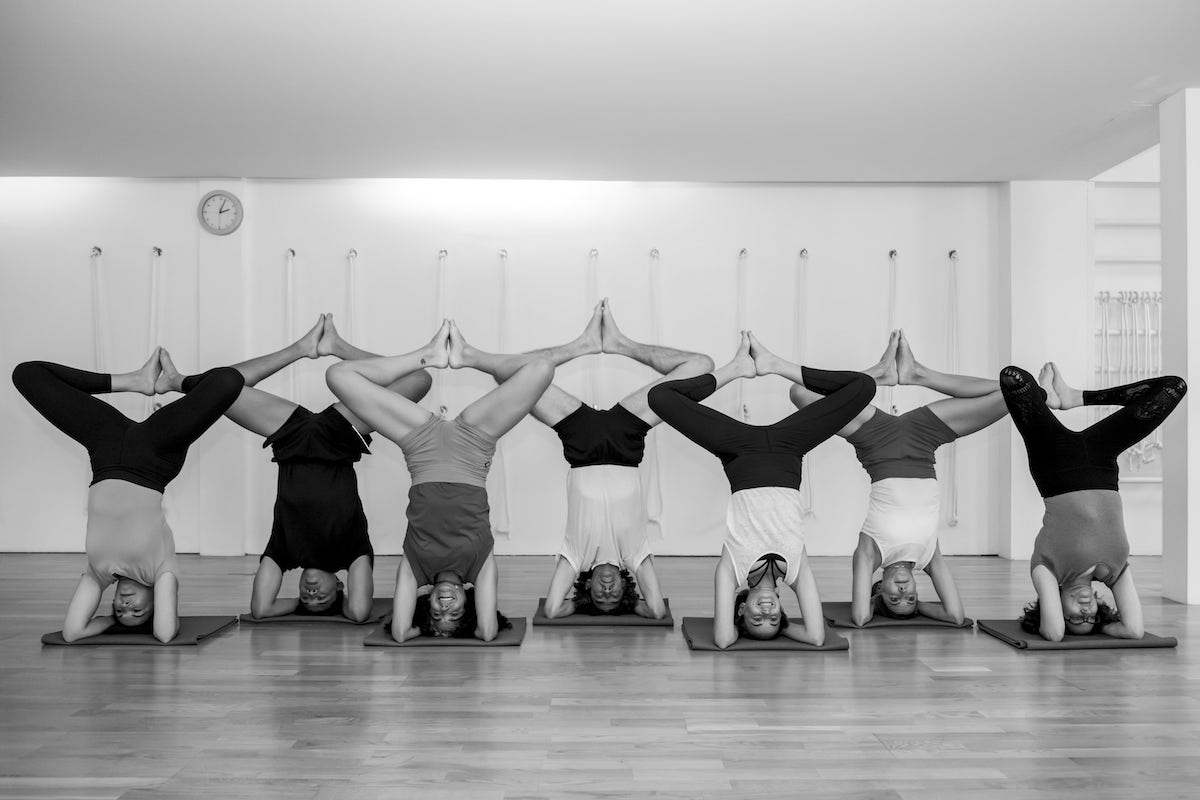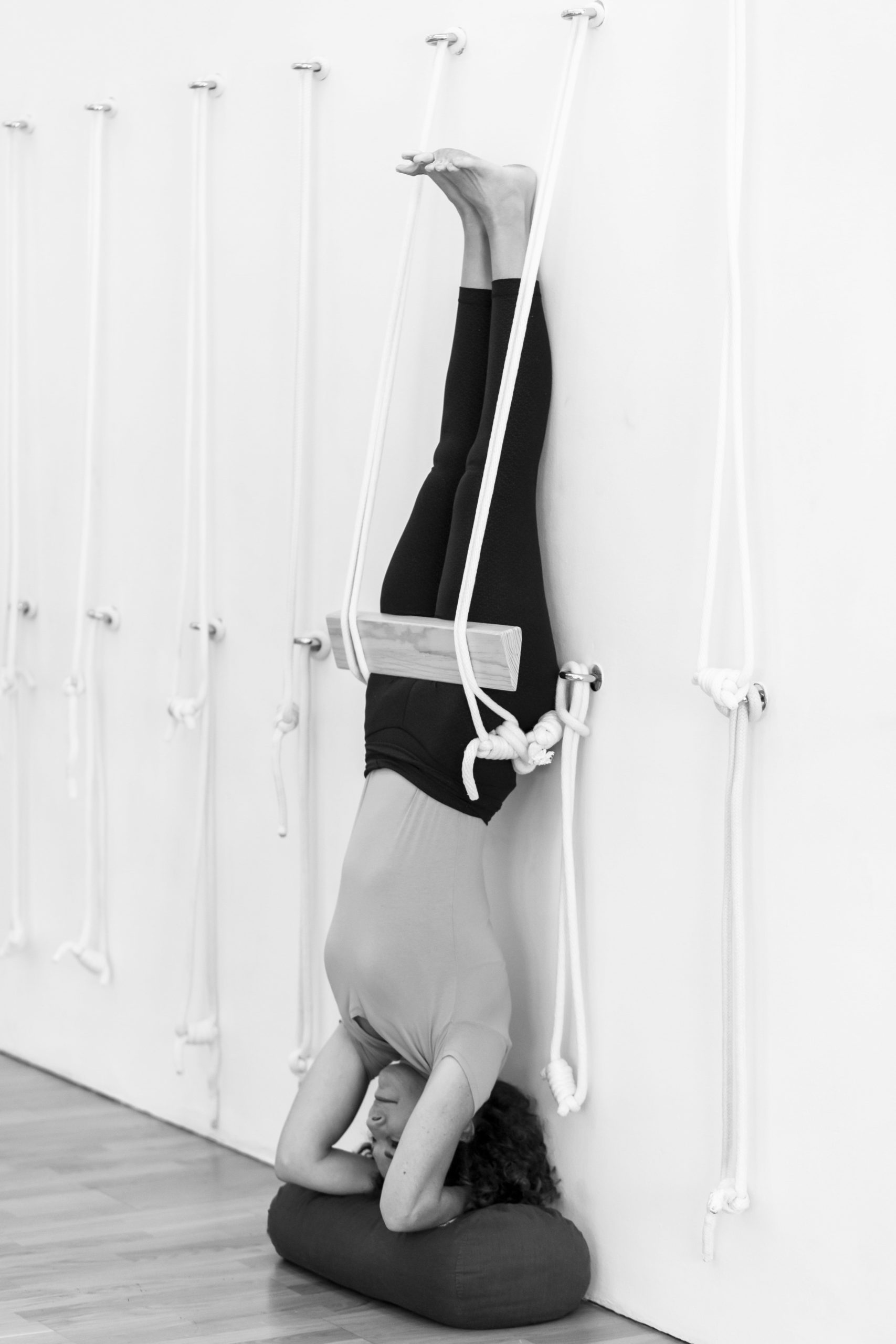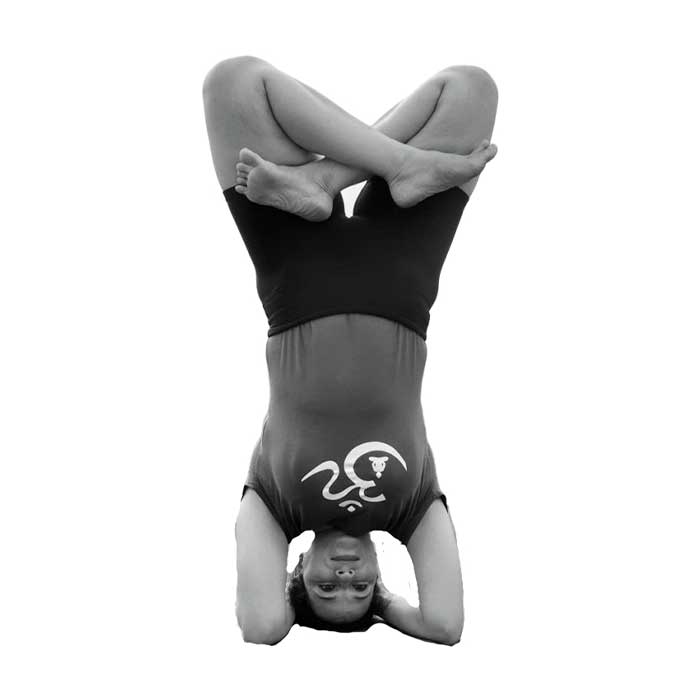The vital psoas muscle.
Connecting with physical, emotional and spiritual well-being.
By Marta Vergara
Due to its location in the body, the Psoas has a number of qualities and characteristics that determine physical, emotional and spiritual well-being.
The Psoas connects the upper to the lower body, connecting the breath to movement, energy, feelings and their healing.
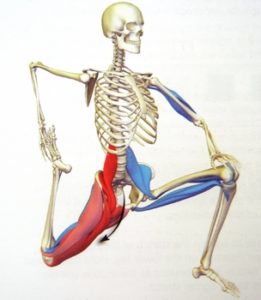
This is the only muscle that connects the upper and lower body. But this muscle, more than a hip flexor, is a pelvic stabilizer.
The Psoas is located in the center of gravity of the body, so it plays a fundamental role for body balance. Also, it has the ability to influence circulation due to its proximity to the aorta, iliac and femoral arteries.
At the muscular level, like any other muscle, it can contract, release, stabilize, neutralize or deteriorate.
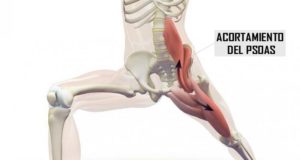
This muscle has connections that support various organs and structures of the trunk, through its contraction it massages these organs and thus influences the functions of digestion, excretion, elimination, detoxification and even reproduction.
At the systemic level, this muscle also affects breathing due to its anatomical relationship with the diaphragm in the solar plexus area, which affects and stimulates the nervous and energy systems.
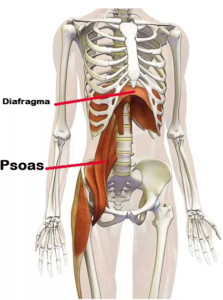
On an emotional level the Psoas is responsible for the “fight-or-flight” or “rest and digest” responses.
By working with the Psoas and its relaxation, emotions such as fear and anxiety are released.
At an energy level, the Psoas is intertwined with the three lower chakras and their aspects: muladhara, svadhistahana, manipura
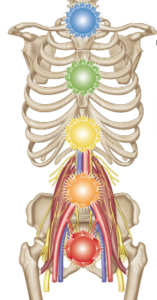
Paradoxically, this important muscle is out of balance today in most of us. If you use the computer, drive, eat at the table, go to the movies, study or travel often by plane, it means that you have a sedentary life where you spend a lot of time sitting in a chair.
Sitting flexes the hip in relaxation, and the muscles that flex it are not working. In this position, circulation, muscle conditioning and nervous response are inhibited, generating an imbalance in the Psoas, this can generate chronic problems that lead to lower back pain, sciatica, problems in sexual and reproductive health.
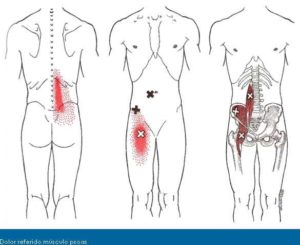
On the contrary, through the harmonization of the Psoas the emotional state of the practitioner can be significantly affected, working from the physical body to the emotional one to liberate it.
Bibliography:
Kock, Liz. “The psoas book”
Kaminoff Leslie. “Yoga Anatomy, Human Kinetics”, 2007.
Long Ray. “Anatomy for Vinyasa flow and standing poses”. Bandha Yoga Publications, 2010.
